Welcome to the wonderful world of gardening! Whether you’re a novice with a green thumb or just dipping your toes into the soil for the first time, tending to a garden can be incredibly fulfilling. Not only does it beautify your surroundings, but it also offers a plethora of mental and physical health benefits. In this blog post, we’ll explore 13 essential tips to help beginners like you create and maintain a stunning garden oasis right at home. So grab your gloves and let’s dig in!
Why gardening is beneficial for mental and physical health

Gardening is not just about planting pretty flowers and tasty veggies; it’s a therapeutic journey for the mind and body. The act of nurturing plants can be incredibly soothing, helping to reduce stress and anxiety levels. Getting your hands dirty in the soil allows you to connect with nature on a deeper level, promoting mindfulness and relaxation.
Engaging in physical activities such as digging, weeding, and watering provides an excellent workout for your muscles without feeling like traditional exercise. Spending time outdoors under the sun also boosts your vitamin D intake, supporting your overall health and well-being. As you witness your garden flourish and bloom, a sense of accomplishment washes over you, boosting your self-esteem and confidence.
Furthermore, gardening encourages creativity as you design layouts, choose plant combinations, and solve problems that arise along the way. It stimulates your senses with vibrant colors, fragrant scents, and textures to touch, creating a sensory-rich environment that enhances cognitive function. So next time you’re feeling overwhelmed or simply need a mental break, head out to your garden sanctuary for some rejuvenating therapy!
Start small: Tips for beginners

Embarking on your gardening journey as a beginner can be both exciting and overwhelming. To ease into the world of gardening, it’s best to start small. Begin by selecting a few easy-to-care-for plants that are suitable for your climate and space.
Consider starting with potted herbs like basil or mint, which require minimal maintenance and can thrive in small containers. This allows you to learn the basics of plant care without feeling too daunted.
Another tip for beginners is to familiarize yourself with your garden’s sunlight exposure. Different plants have varying light requirements, so make sure to place them accordingly to ensure their growth and development.
As you gain more confidence, gradually expand your garden by adding new varieties of plants and experimenting with different techniques. Remember, patience is key in gardening. Enjoy the process, and celebrate every little success along the way!
Choosing the right location for your garden
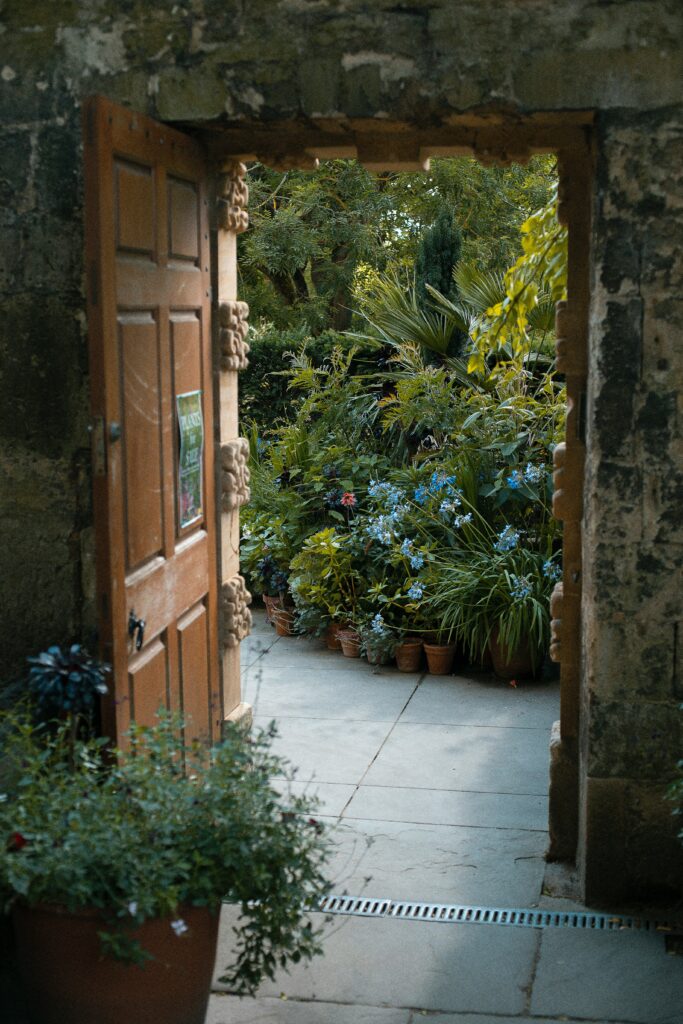
When it comes to choosing the right location for your garden, there are a few key factors to consider. Think about the amount of sunlight the area receives throughout the day. Most plants thrive in full sun, while others prefer partial shade.
Additionally, pay attention to the soil quality in the potential gardening spot. Consider conducting a soil test to determine its pH levels and nutrient content. This will help you make informed decisions about which plants will grow best in that specific area.
Another important aspect is access to water sources. Ensure that your chosen location is within reach of a water supply for easy watering maintenance. Proper drainage is also crucial to prevent waterlogging and root rot issues.
Consider any surrounding structures or trees that may provide wind protection or shade to certain parts of your garden. By carefully selecting the right location based on these factors, you can set yourself up for gardening success!
Essential tools and equipment needed for gardening
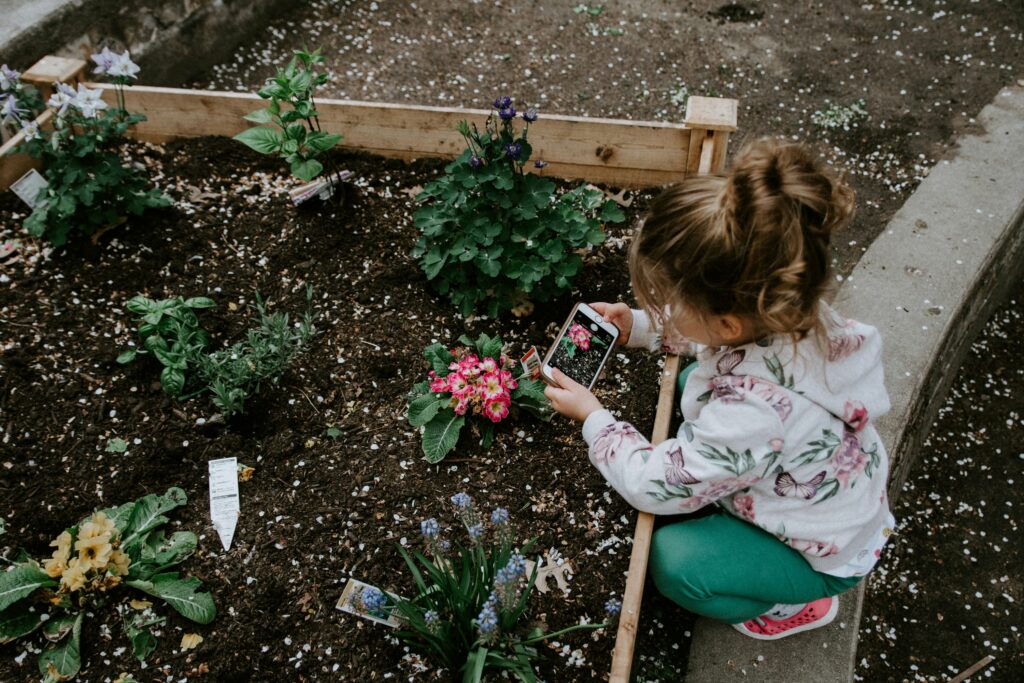
When it comes to gardening, having the right tools and equipment can make all the difference in your success as a beginner. One essential tool every gardener should have is a sturdy pair of gloves to protect your hands from thorns and cuts while working with plants.
A quality trowel is another must-have item for planting small flowers or vegetables efficiently. A watering can or hose with an adjustable nozzle will help you control the water flow for different types of plants in your garden.
Investing in a good pair of pruning shears will come in handy for trimming and shaping your plants as they grow. A rake is useful for clearing debris and leveling soil, while a shovel will help you dig holes for planting larger shrubs or trees.
Additionally, consider getting a wheelbarrow to transport heavy bags of soil or mulch around your garden easily. With these essential tools on hand, you’ll be well-equipped to start your gardening journey successfully!
Understanding soil and its importance in gardening
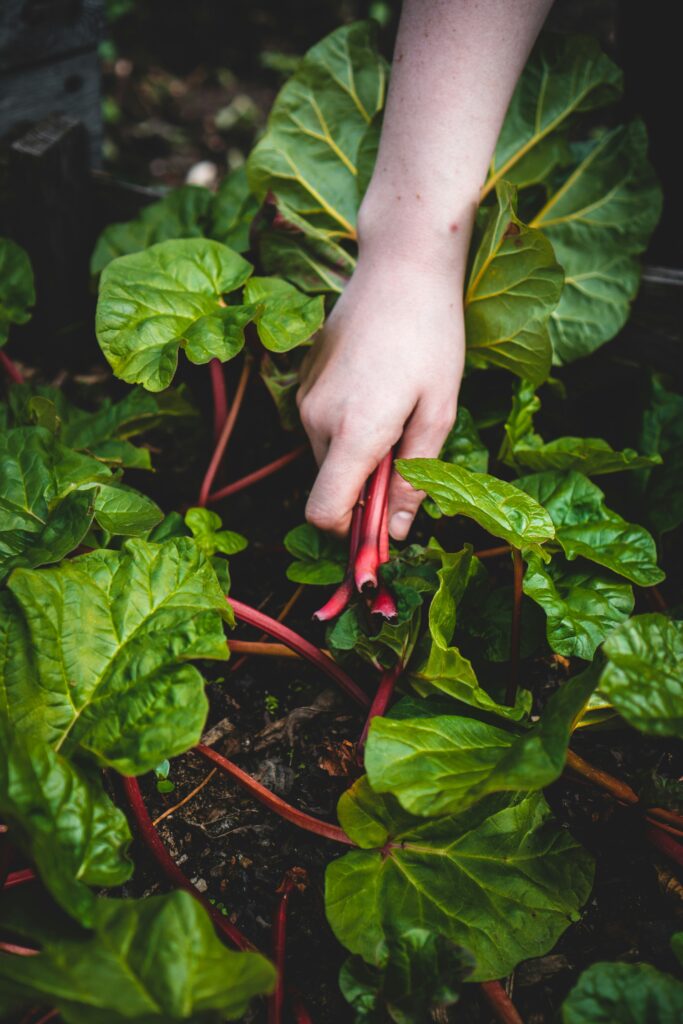
Understanding soil is crucial for successful gardening. The soil provides the foundation for your plants to grow and thrive, offering essential nutrients and support. Different types of soil, such as sandy, loamy, or clay soils, have distinct characteristics that affect plant growth differently.
Before starting your garden, test the soil to determine its pH level and nutrient content. This will help you choose the right plants and amendments to improve soil quality if needed. Proper drainage is also key; waterlogged soil can lead to root rot, while excessively dry soil can hinder plant growth.
Adding organic matter, like compost, enriches the soil by improving its structure and fertility. It enhances moisture retention and encourages beneficial microbial activity essential for healthy plant development.
By understanding your soil’s composition and needs, you set the stage for a flourishing garden filled with vibrant plants ready to bloom.
Selecting the right plants for your garden
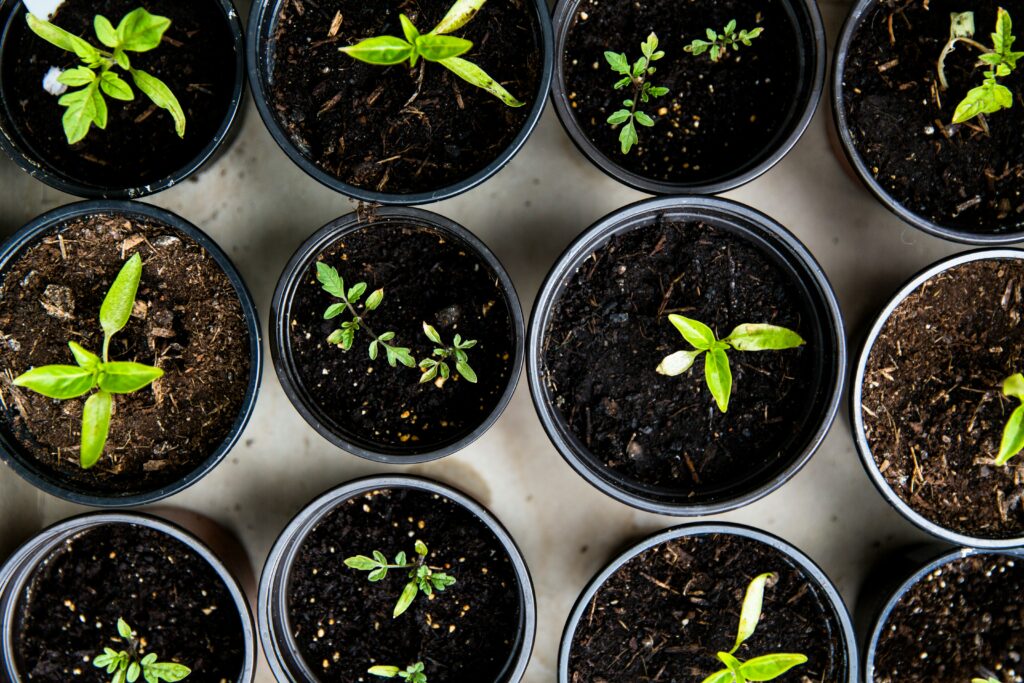
When it comes to selecting plants for your garden, there are a few key factors to consider. First and foremost, think about the climate in your area. Choose plants that thrive in your specific weather conditions to ensure they will grow successfully.
Next, consider the amount of sunlight your garden receives. Some plants require full sun, while others prefer shade. Make sure to place each plant in an area where it can get the right amount of light.
Another important aspect is the size of the mature plant. Be mindful of how much space each plant needs to grow properly without overcrowding other vegetation.
Additionally, think about the maintenance level of each plant. If you’re a beginner gardener, opt for low-maintenance varieties that are easy to care for and don’t require constant attention.
Choose plants that align with your personal preferences and aesthetic vision for your garden. Selecting plants that you love will make gardening even more enjoyable!
How to properly water and fertilize your plants
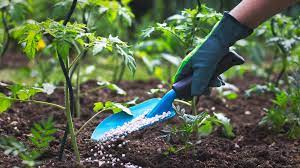
When it comes to gardening, proper watering and fertilizing your plants are essential for their health and growth. Watering your plants may seem straightforward, but it’s important to do it right. Each plant has different water needs, so make sure to research the specific requirements of the plants in your garden.
One tip is to water deeply but infrequently to encourage deep root growth. This helps the plants become more resilient during dry periods. It’s also crucial to drink water early in the morning or late in the evening to minimize evaporation.
Fertilizing is another key aspect of plant care. Choose a fertilizer that matches the needs of your plants, whether they need more nitrogen for leafy growth or phosphorus for flowering. Be careful not to over-fertilize, as this can harm your plants rather than help them thrive.
Remember, each plant is unique, so pay attention to any signs of distress, like yellowing leaves or stunted growth, which could indicate a need for adjustments in watering or fertilizing routines.
Dealing with common garden pests and diseases

Dealing with common garden pests and diseases can be a challenge for beginners, but it’s an essential part of maintaining a beautiful garden. One key tip is to regularly inspect your plants for any signs of infestation or disease. Look out for yellowing leaves, holes in the leaves, or unusual spots; these could be indicators of a problem.
To combat pests naturally, consider using homemade remedies like neem oil spray or garlic spray. These organic solutions are effective at repelling insects without harming your plants or the environment. Another strategy is to encourage natural predators like ladybugs and lacewings that feed on common garden pests.
For plant diseases, practice good hygiene by removing any infected plant parts promptly. Proper watering techniques can also help prevent fungal diseases from spreading. Remember, prevention is always better than cure when it comes to dealing with garden pests and diseases!
Designing your garden layout
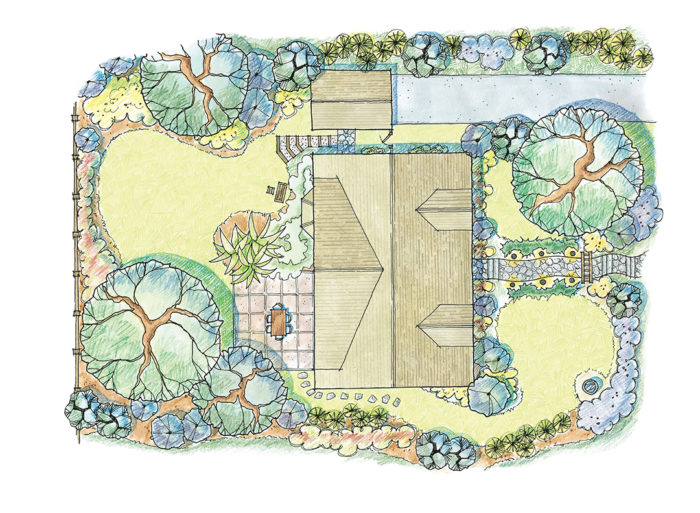
When it comes to designing your garden layout as a beginner, there are a few key things to keep in mind. First, consider the size and shape of your space. Whether you have a small balcony or a large backyard, maximizing every inch is crucial.
Next, think about creating different zones within your garden—perhaps a cozy seating area for relaxation, a section for growing herbs and vegetables, and even a spot for colorful flowers.
Don’t forget to mix textures and heights when choosing plants to create visual interest. Tall plants at the back can provide privacy, while low-growing ones at the front add depth.
Frequently Asked Questions (FAQ) for Gardening:
Q: What are some key considerations when designing a garden layout as a beginner?
A: Size and shape of the space, maximizing every inch, creating different zones, and mixing textures and heights when choosing plants.
Q: How can I create different zones within my garden?
A: You can designate specific areas for relaxation, growing herbs and vegetables, and showcasing colorful flowers.
Q: What should I keep in mind when choosing plants for my garden?
A: Consider mixing tall plants for privacy at the back and low-growing ones at the front to add depth and visual interest.
Q: Are there any additional elements I can add to enhance my garden?
A: Yes, you can add pathways, stepping stones, and creative decorations like fairy lights or quirky planters to infuse personality into your outdoor space.
To make your garden beautiful as a beginner, consider creating different zones within the space. Designate specific areas for relaxation, herb and vegetable growing, and showcasing colorful flowers. When choosing plants, keep in mind to mix tall plants for privacy at the back and low-growing ones at the front to add depth and visual interest. Additionally, enhance your garden with pathways, stepping stones, and creative decorations such as fairy lights or quirky planters to infuse personality into your outdoor space.



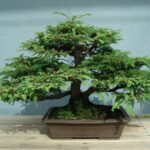




Thanks for sharing. I read many of your blog posts, cool, your blog is very good.
Can you be more specific about the content of your article? After reading it, I still have some doubts. Hope you can help me.
Your article helped me a lot, is there any more related content? Thanks!
I don’t think the title of your article matches the content lol. Just kidding, mainly because I had some doubts after reading the article.
Your article helped me a lot, is there any more related content? Thanks!
Thank you for your sharing. I am worried that I lack creative ideas. It is your article that makes me full of hope. Thank you. But, I have a question, can you help me? https://accounts.binance.com/si-LK/register-person?ref=V2H9AFPY